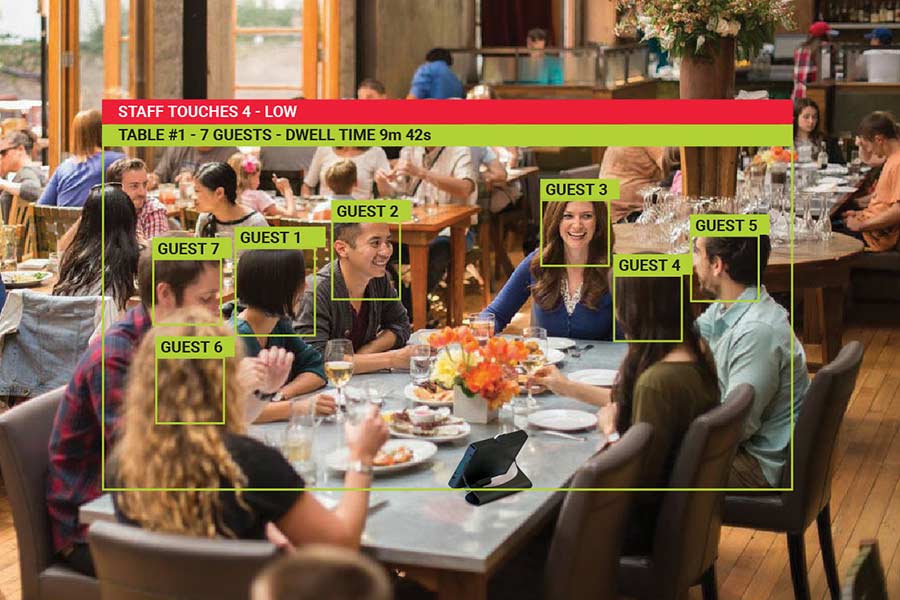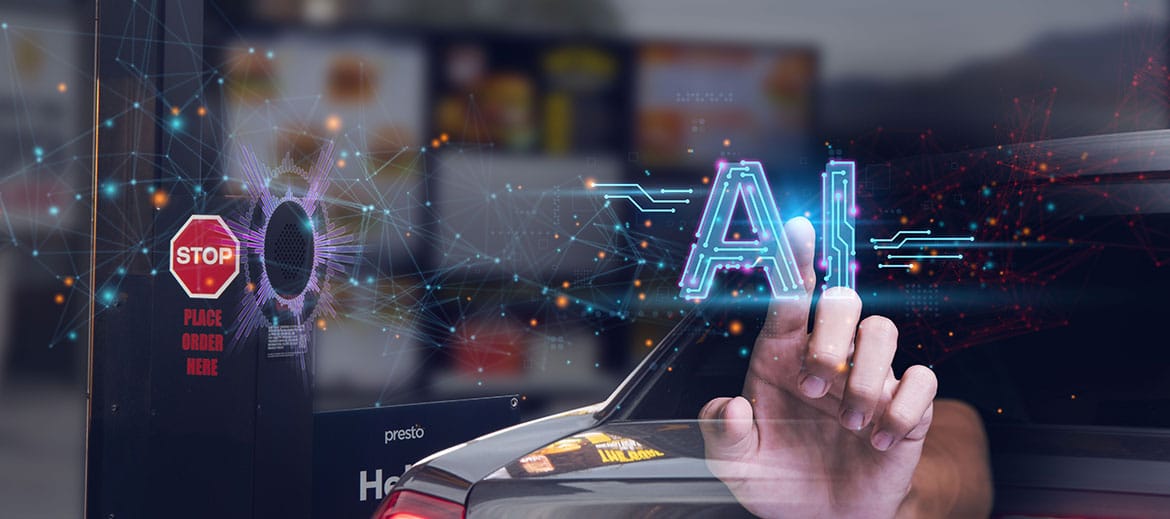Out of the frying pan, into the fire. That’s how restaurant operators are feeling these days. Having barely survived one existential crisis, they are rushing headlong into another one.
Yes, diners are finally returning to restaurant dining rooms. Restaurant sales are on a steady upward climb. Restaurants recorded $61.2B in sales in March, up 36% YoY and a 13.4% increase since February.
But sales are still below pre-pandemic levels. Can restaurants, which desperately need returning patrons, support this surge of diners?
The answer appears to be “not even close”. The industry lost millions of jobs during the pandemic and restaurants have struggled to regain lost employees. According to data from the Bureau of Labor Statistics, “eating and drinking place employment remains 1.8 million jobs—or 15%—below pre-pandemic levels.” The labor shortage applies to each segment of restaurants, from full-service establishments and fast casual chains, to quick-service restaurants (QSRs) and snack bars.
The labor shortage is real, and its ramifications on operating costs and direct sales are immediate. Without adequate labor, restaurants will be unable to sustain increased diner demand—and they’ll lose significant sales in the process.
The savviest restaurants will find creative solutions to the labor problem. For long-term success, restaurants can deploy technology to augment their existing workforces, increase sales, and improve employee retention.
Lost Opportunities and Stagnant Sales
Without adequate staff, restaurants will be forced to pass up lucrative business opportunities and may resort to temporary closures. Robert Micheli, general manager of Dirty Habit in Washington, DC, said in an interview with TODAY, “Each day we get more and more requests for private events, groups wanting to come and celebrate a promotion or birthday. I don’t want to turn any business away, but it would make any manager feel a little nervous seeing 100-plus guests reserved for the evening and only a handful of professional and skilled team members.”
Managers like Micheli face a difficult choice: to decline the considerable sales associated with a large group, or to accept the challenge and the reputational risk of an overstretched team offering a potentially sub-par customer experience. Either choice could lead to reduced sales and lower profits.
A lack of staff forced a new Winger’s franchise in Bountiful, Utah to stay closed on Sundays, despite solid customer traffic. In Miami, a highly-trafficked coffee shop and restaurant faced a similar problem. As the New York Times reported, “Business was so good, it pushed All Day’s staff to a near breaking-point…When [owner Camila Ramos] had trouble hiring reinforcements to help with the increased traffic, she was forced to make a counterintuitive decision: she closed All Day for the month of February.”
QSRs are experiencing similar problems. Fast food chains like McDonald’s and Dunkin’ are reducing hours of operation—and even keeping dining rooms closed—because they, too, can’t fully staff their establishments.
The restaurants are open. The customers are hungry. But from segment to segment and coast to coast, the industry’s labor shortage is wreaking havoc on restaurant sales. Restaurant owners who want to remain open and fully-functional have two options: they can compete for scarce labor in a tight market, likely by increasing wages to a near-unsustainable point, or they can deploy technology that helps them realize more value from the staff and resources they do have.
Technology: Your Most Reliable New Hire
The solution is necessarily technology. Technology can be produced ad infinitum and shows up to work each day without a fuss. It’s an inexpensive way to extract more value from limited staff. With the right technology at their disposal, restaurants can reopen more fully, and short-staffed restaurants can augment existing staff with tools designed to help them survive and thrive in a limited-labor environment.
When building their tech stacks, restaurants should look for tools that offer the following solutions.
1. Increase guest-to-staff ratio
With the help of devices that allow guests to place orders, make payments, split bills, and provide feedback without server assistance, restaurants can service the same number of tables with fewer staff members. For example, Presto’s pay-at-table solution allows guests to self-serve via tablet devices at their tables or kiosks in QSR establishments. At more casual chains, guests can use QR codes on their own mobile devices to view the menu, place their orders, and pay—all without the need for any human contact.
2. Improve speed and quality of service
Reduced staff can lead to long wait times, which both detract from the customer experience and limit a restaurant’s ability to turn tables most profitably. Self-serve technologies enhance the customer experience by providing efficient, on-demand service. Moreover, devices like Presto’s Server Assistant and Line-Buster handheld tablets help servers move more efficiently by allowing them to access guest profiles, enter orders, and accept payments quickly and easily—in dining rooms and drive-thrus alike.
3. Streamline operations
Limited staff can lead to bottlenecks and gaps that, if uncorrected, can reduce operational efficiencies and detract from the customer experience. With Presto’s computer vision technology, restaurants can track operational performance and accuracy, quickly identify issues, and implement real-time solutions. For example, computer vision technology can alert managers to above-average wait times or an unstaffed host station in real-time, so managers can rectify the solution and avoid associated revenue loss.
The Labor Shortage May Last Indefinitely
The restaurant industry’s labor shortage problem is a critical one, which will likely take years to solve given macro conditions and competition for low-wage staff from other industries like the gig economy and Amazon. Restaurants already struggling after a difficult year cannot afford to wait for labor to return, nor can they risk reducing profits with exorbitant wage increases.
Technology can ease the increasingly heavy burden restaurants now bear. By deploying technology solutions that enhance existing staff and improve the customer experience, restaurants can move more confidently into the future.
About the Author

Rajat founded Presto in 2008 while pursuing his doctorate at MIT. He has also cofounded Zimride (now Lyft), the popular ride-sharing company. A widely acknowledged expert in hospitality technology, Rajat is regularly featured in television interviews and media articles.
Contact mktg@presto.com to schedule a media interview or analyst briefing with him.



